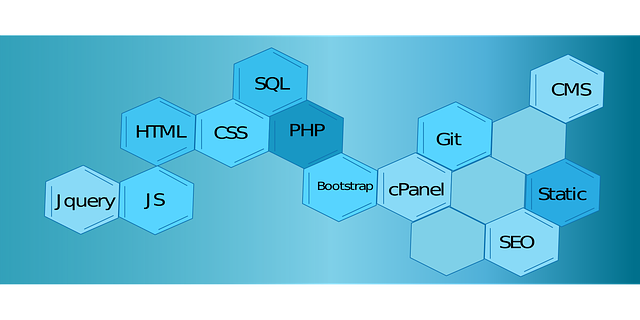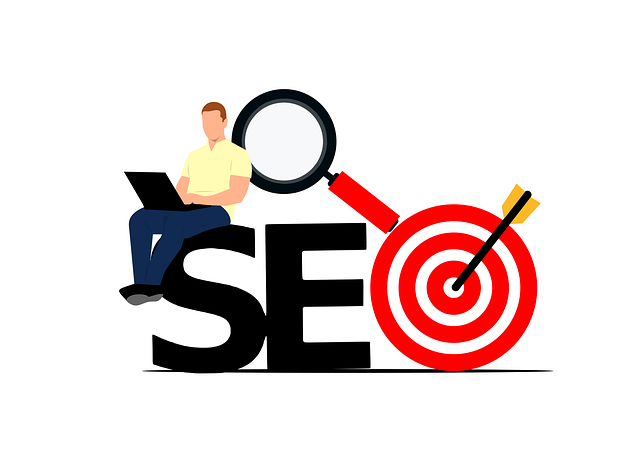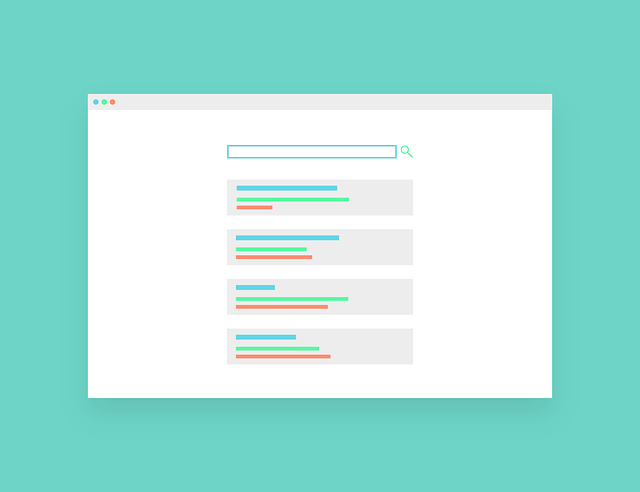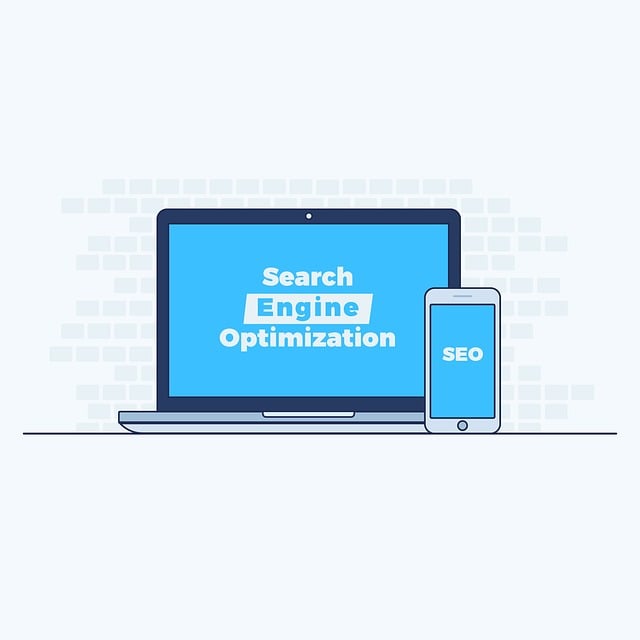In a competitive digital landscape, affordable SEO web design balances visual appeal with search engine optimization (SEO) strategies while adhering to budget constraints. Key practices include platform selection (e.g., WordPress), content optimization for users and algorithms, mobile responsiveness, and cost-effective technical SEO implementation. Prioritizing quality over cost, using tools like Google Search Console and analytics platforms, and continuous strategy refinement based on key metrics are essential for success. Avoiding pitfalls like quick fixes and neglecting technical issues ensures a user-friendly, high-performing website that drives conversions without exceeding budget limits. Case studies demonstrate the tangible results achievable through strategic, affordable SEO web design.
In today’s digital landscape, a robust and affordable SEO web design is no longer an option but a necessity. Understanding how Search Engine Optimization (SEO) drives online visibility can empower businesses to create high-performing websites without breaking the bank. This comprehensive guide explores strategies, components, and tools that make quality SEO web design accessible. Learn about budgeting tips, common mistakes to avoid, and real-world case studies, all focused on delivering effective, affordable SEO web design solutions.
Understanding Affordable SEO Web Design: A Comprehensive Guide

Understanding affordable SEO web design involves comprehending how to create a site that not only looks great but also ranks high on search engines, all while staying within budget constraints. It’s about striking a balance between aesthetics and functionality, leveraging cost-effective strategies to boost online visibility without breaking the bank. This comprehensive guide delves into essential aspects such as choosing the right platform, optimizing content for both users and search algorithms, and implementing technical SEO practices tailored for limited resources.
By focusing on these key areas, businesses can navigate the intricate landscape of SEO web design effectively. We’ll explore best practices, cost-saving tips, and innovative strategies to ensure your website not only attracts visitors but also converts them into customers, all while maintaining a sustainable budget. In today’s digital era, understanding affordable SEO web design is crucial for any business aiming to thrive online.
The Role of Search Engine Optimization (SEO) in Web Design

Search Engine Optimization (SEO) plays a pivotal role in modern web design, serving as the bridge between online visibility and user engagement. An SEO-centric approach ensures that websites aren’t just visually appealing but also strategically positioned to capture the attention of potential customers. By understanding how search engines crawl and rank pages, designers can create content structures, meta tags, and keyword-rich text that boost a site’s organic search rankings. This means that when users search for relevant terms or phrases, the website stands a higher chance of appearing in the top results, thereby driving more traffic and ultimately increasing conversions.
In the competitive digital landscape, effective SEO web design is essential for businesses to stay ahead. It goes beyond merely optimizing for popular keywords; it involves analyzing user behavior, conducting keyword research, and implementing best practices that adhere to search engine guidelines. This holistic approach not only enhances a website’s online presence but also provides a foundation for long-term success in an ever-evolving digital environment.
Strategies for Creating an Affordable Yet High-Performing Website

Creating an affordable yet high-performing website requires a strategic approach that blends cost-effective practices with SEO best practices. Start by selecting a user-friendly content management system (CMS) like WordPress, which offers a wide range of customizable themes and plugins at varying price points. This flexibility allows you to choose features tailored to your budget without compromising functionality. Next, focus on streamlined coding and modular design to enhance website speed and reduce resource consumption, ensuring a positive user experience that search engines value.
Leverage free or open-source SEO plugins to optimize meta titles, descriptions, and headings, while integrating keyword research tools to identify relevant terms driving traffic in your niche. Regularly update content with fresh, valuable information and implement internal linking strategies to improve crawlability and site architecture. Additionally, prioritize mobile responsiveness by ensuring your website adapts seamlessly to different screen sizes, aligning with Google’s mobile-first indexing policy.
Key Components of a Successful SEO-Optimized Website

A successful SEO-optimized website is built on a solid foundation of key components that work in harmony to drive online visibility and engagement. Firstly, intuitive navigation is paramount; users and search engines alike should be able to effortlessly explore your site’s content. This involves clear menus, well-structured pages, and internal linking strategies that guide visitors and signal to search algorithms the hierarchy of your information.
Additionally, high-quality, relevant content is the lifeblood of any SEO web design. Creating compelling, informative, and keyword-rich content not only satisfies user intent but also encourages longer browsing sessions, reducing bounce rates. Incorporating keywords strategically throughout headings, meta descriptions, and body text ensures that your site remains relevant to search queries, ultimately improving its ranking potential.
Budgeting for SEO Web Design: Tips and Tricks

When budgeting for SEO web design, it’s crucial to understand that investing in quality is paramount. While it’s tempting to opt for the cheapest option, skimping on design and optimization can hinder your website’s performance and reach. Instead, focus on finding a balance between affordability and effectiveness. Prioritize a well-designed site with clean coding, mobile responsiveness, and user-friendly interfaces; these are the foundational elements that search engines value.
Consider partnering with agencies or freelancers who offer transparent pricing structures. Many provide packages tailored to small businesses or startups with limited budgets. Additionally, look for ongoing support and maintenance plans that include updates, security patches, and regular SEO audits. Regular communication about costs and services will ensure you stay within your budget while ensuring your SEO web design keeps up with industry standards and search engine algorithms.
Tools and Resources to Enhance Your Website's SEO Affordably

In today’s digital era, affordable SEO web design is more accessible than ever before, thanks to a plethora of tools and resources available online. One of the most powerful yet user-friendly options is Google Search Console, which provides insights into how search engines interact with your site, helping you identify areas for improvement. Additionally, platforms like WordPress offer a wide range of SEO plugins that simplify optimizing content, meta tags, and sitemaps without breaking the bank.
Beyond these basics, there are numerous other affordable tools to explore. Tools like Ahrefs and SEMrush, while premium, often offer budget-friendly plans or free trials that provide significant value. These platforms deliver in-depth keyword research, competitor analysis, and technical SEO audits, all of which contribute to a more optimized website. Additionally, social media analytics tools like Google Analytics help track user behavior, providing crucial data for refining your SEO strategy and enhancing your site’s overall performance.
Measuring Success: Analyzing the Impact of Affordable SEO Web Design

Measuring success is a crucial aspect of any digital strategy, and affordable SEO web design is no exception. It involves analyzing the impact and effectiveness of your online presence to ensure it aligns with business goals. By implementing SEO best practices in web design, you can drive organic traffic to your website, improve search engine rankings, and increase visibility among your target audience.
Key metrics to track include bounce rate, time on page, conversion rates, and keyword rankings. These insights help gauge user engagement, the quality of content, and the overall user experience. Regularly reviewing these analytics allows for data-driven decisions, enabling businesses to refine their SEO strategy and continue enhancing their website’s performance over time.
Common Mistakes to Avoid in Implementing Low-Cost SEO Strategies

When implementing low-cost SEO strategies for your website, it’s crucial to steer clear of several common pitfalls that can hinder your search engine rankings and overall online visibility. One major mistake is opting for quick fixes and surface-level optimizations without addressing the core structure of your site. SEO web design isn’t just about meta tags and keywords; it involves creating a user-friendly, mobile-responsive platform that encourages engagement and reduces bounce rates. Neglecting this fundamental aspect can result in poor search engine performance despite your best efforts.
Another blunder is relying solely on keyword stuffing and generic content. While optimizing for relevant keywords is essential, overdoing it can trigger penalties from search engines. Content should be informative, unique, and tailored to the target audience’s needs. Additionally, ignoring the importance of technical SEO can prove detrimental. This includes issues like broken links, slow page load times, and an incomprehensible site structure. These problems not only frustrate users but also signal to search engines that your website is untrustworthy or outdated.
Case Studies: Real-World Examples of Effective Affordable SEO Web Design

In the realm of affordable SEO web design, case studies offer tangible proof of successful strategies that enhance online visibility and drive traffic. By examining real-world examples, potential clients can witness firsthand how thoughtful planning, coupled with cost-effective solutions, translates into tangible results. These case studies highlight diverse businesses, from local startups to established enterprises, each navigating the digital landscape with tailored SEO web design approaches.
Through these practical applications, it becomes evident that affordable SEO web design is not a one-size-fits-all endeavor. Each case study reveals unique challenges and opportunities, illustrating how creative problem-solving and data-driven decisions lead to successful online transformations. From optimizing website structure for better user experience to leveraging targeted keywords for increased organic reach, these examples serve as inspiration for businesses seeking to enhance their digital presence without breaking the bank.
